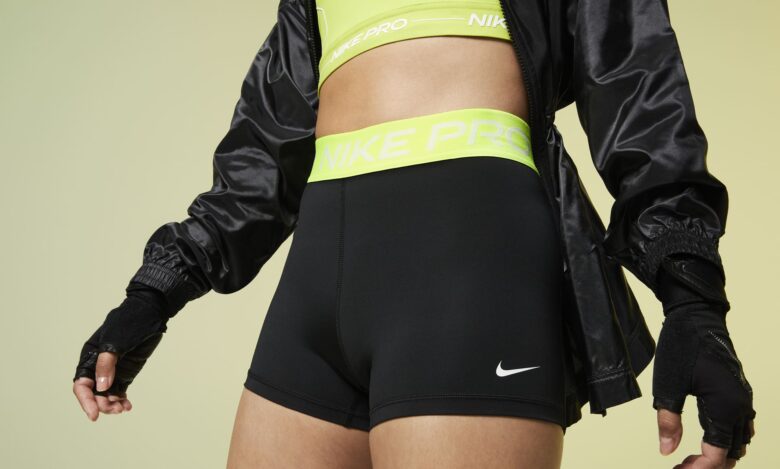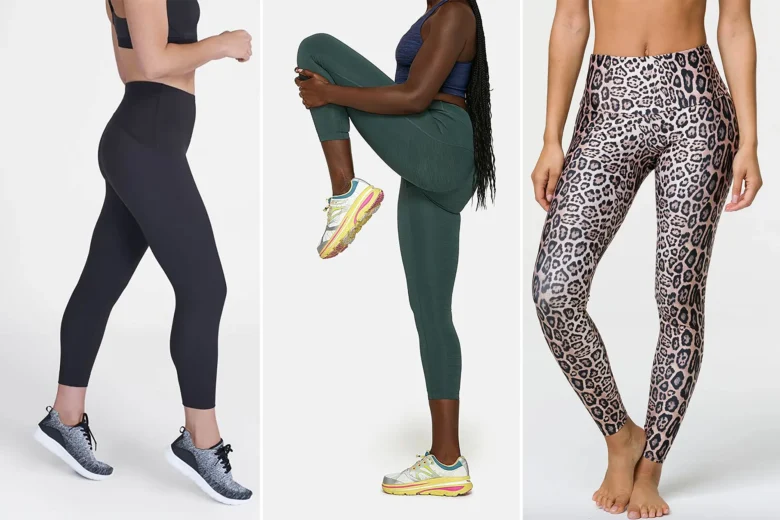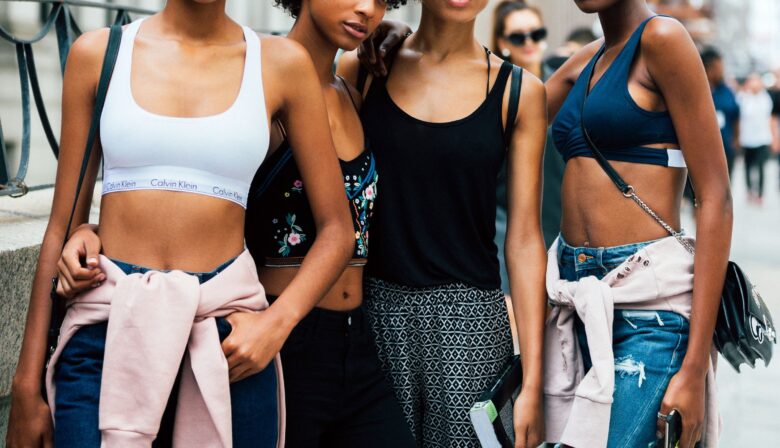A good workout plan can go wrong quickly if you wear wet clothes that can harm your skin.
Also, you might constantly wiggle into tights that don’t stretch anymore or fight the smell of all your past workouts. In reality, there’s a lot more to picking workout clothes than how they feel in the try room.
You might like how that T-shirt feels at the moment, but by the middle of your workout, you’ll regret cotton that stretches wide.
Your clothes to work out should be as good as they look. It’s a good idea to know a little bit about the fabrics used in sportswear so you can choose clothes that are appropriate for your favorite type of exercise.
There are a lot of brands like Ryderwear that let you choose from different choices that let air in.
Contents
What type of clothes should I pick for a workout?
Moisture control and breathability are two of the most important qualities of workout clothing. You should understand how sweat and heated air influence the material of exercise apparel.
When a fabric can handle moisture after being wet, it has good moisture management. A cloth is said to be moisture-wicking if it is resistant to absorption. Wetness and weight make it spongy, which is really unwanted during long workout sessions.
Breathability describes the ease with which air may pass through a material. Fabrics that don’t let hot air out easily become stuffy, while knit closely trap body heat.
There are other materials that may be worth considering for your daily workout gear. Let’s read about them in detail.
Spandex

Source: nike.com
Lycra fabric is generally known as spandex. It’s perfect for yoga and bodybuilding because it’s quite stretchy. Skin-tight clothes like sports bras, track shorts and leggings use this synthetic fabric. Socks, boxer underwear, and looser clothing have smaller levels of spandex.
Although spandex is great at absorbing moisture and is highly breathable, its benefits story arent end here.
Spandex can stretch 6 – 8 times more than its normal size.
This allows you to move easily in all directions. For long-lasting spandex clothes, rinse them with cold water and air dry them. Drying and ironing can lose their flexibility.
Nylon
Another popular material is nylon, which is soft, odor-resistant, and elastic. It is most well-known for being used in pantyhose. It moves with you as you exercise and has excellent recovery.
It goes back to its original size and shape after being stretched.
Nylon is also great at pulling sweat away from your skin and moving it through the cloth to the outside to evaporate. You can find nylon in almost everything, like athletic bras, performance knickers, tops, T-shirts, briefs, pants and cold-weather activewear.
Polyester

Source: nypost.com
When it comes to activewear, polyester is the most demanded material. It blends naturally in the majority of items sold at a sportswear shop. Polyester is long-lasting, resistant to wrinkles, and can soak away moisture.
It’s lightweight and breathable, so you won’t drown in your sweat while wearing it.
Polyester fabric provides great comfort despite its lightweight. Many brands use it in making cold-weather exercise apparel, such as tank tops, tees, and leggings.
Polyester has one major disadvantage: synthetic fabrics, such as polyester, promote the development of bacteria and fungi and keep odors.
It would be best never to put a sweaty T-shirt in the laundry basket for too long after working out. Just wash them immediately.
Cotton
Cotton is an excellent material for daily use in summer because it’s lightweight and breathable, but make sure you aren’t sweating.
When doing something that will cause you to sweat, you should do yourself a huge favor and avoid wearing cotton. Because cotton is so absorbent, your clothes will feel heavy and moist as soon as you start sweating.
If you work out in a particularly humid atmosphere or sweat a lot, you may have the sensation of wearing a heavy damp towel.
Cotton can suit you if you don’t often sweat a lot or aren’t interested in doing an intense workout. Otherwise, it offers several good features: Cotton is a very good fabric for washing and doesn’t retain odors like other materials.
Bamboo

Source: thelist.com
Bamboo is a popular material for workout clothes because it’s eco-friendly and has natural anti-bacterial properties. This means that it can help reduce the growth of bacteria and odors that often occur after a workout. Bamboo fabric is incredibly soft and comfortable, and it wicks away moisture well, keeping you cool and dry during your workout.
Merino wool
While wool might not be the first material that comes to mind for workout clothes, merino wool is a great option for those who want to stay warm in cold weather. Merino wool is softer and less itchy than regular wool, making it comfortable to wear next to your skin. It’s also naturally moisture-wicking, so it can help keep you dry during intense workouts. Additionally, merino wool has excellent insulating properties, which means it can help keep you warm in cold weather without weighing you down.
Rayon

Source: elle.com
Rayon is a fabric made from wood pulp and is known for its softness and breathability. It’s also moisture-wicking, which makes it a great choice for workouts where you’ll be sweating a lot. Rayon is often blended with other materials, such as spandex, to create stretchy and comfortable workout clothes.
Closing Note
When buying gym clothes, finding the correct fabrics is difficult. There are different types, brands, and claimed uses. Choosing the wrong fabric might make exercises terrible.
Ultimately, the key to choosing the right materials for your workout gear is to think about your specific needs and preferences. Whether you prefer the stretchiness of spandex, the moisture-wicking properties of nylon or polyester, or the breathability of bamboo or merino wool, there are plenty of options out there to suit your needs. By choosing the right materials, you can ensure that you stay comfortable and dry during even the most intense workouts.
This information will help you to choose the right gym fabric for yourself. Best of luck!
